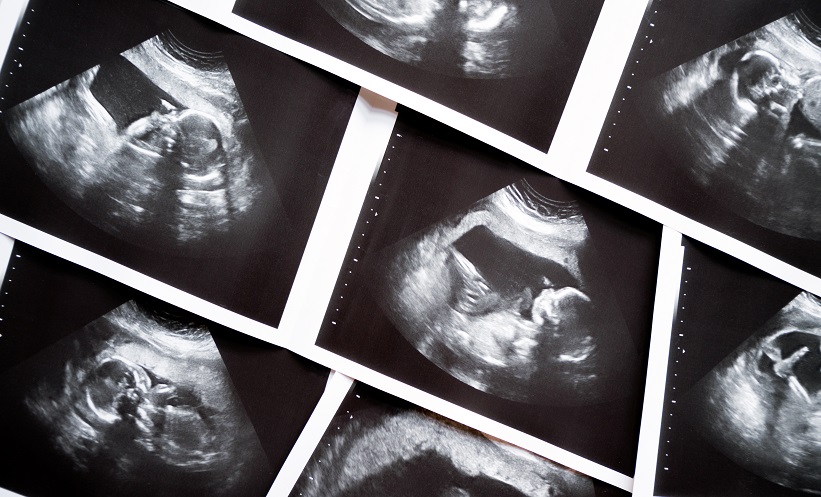SYSTEMIC lupus erythematosus (SLE) impacts placental health, particularly in pregnancies resulting in small for gestational age (SGA) infants. This is according to the results of a new study that aimed to identify specific placental abnormalities linked to SLE pregnancies that result in infants smaller than expected for their gestational age.
The research, conducted at the University of California San Diego (UCSD) between November 2018 and October 2023, analyzed 28 SLE pregnancies where placental data was available. Of those, 12 pregnancies resulted in SGA infants. The authors found that placentas from SLE pregnancies resulting in SGA were more likely to show several abnormalities compared to those that did not. All 12 placentas from SLE-associated SGA pregnancies had smaller placental discs, and 50% showed areas of tissue death, placental disc infarcts, compared to just 6% in non-SGA pregnancies. Increased perivillous fibrin deposition (PVFD) was present in 58% of SLE-associated SGA pregnancies and was absent in non-SGA pregnancies.
When compared to non-SLE pregnancies resulting in SGA, the study found that the only distinguishing factor was the significantly higher rate of increased PVFD in SLE pregnancies (58% versus 22%). This suggests that PVFD may be a key mechanism by which SLE affects fetal growth, leading to SGA births.
In conclusion, the authors suggest that the presence of PVFD, particularly in pregnancies complicated by SGA, should prompt healthcare providers to investigate underlying autoimmune conditions, including SLE. Regular placental examination could improve early detection of placental injury and help guide treatment strategies, potentially improving outcomes for both mothers and infants. These findings could also inform future research on therapies aimed at managing placental complications in SLE pregnancies.
Reference: Dhital R et al. Placental lesions in systemic lupus erythematosus pregnancies associated with small for gestational age infants. Rheumatology. 2024; keae454.
Anaya Malik | AMJ








